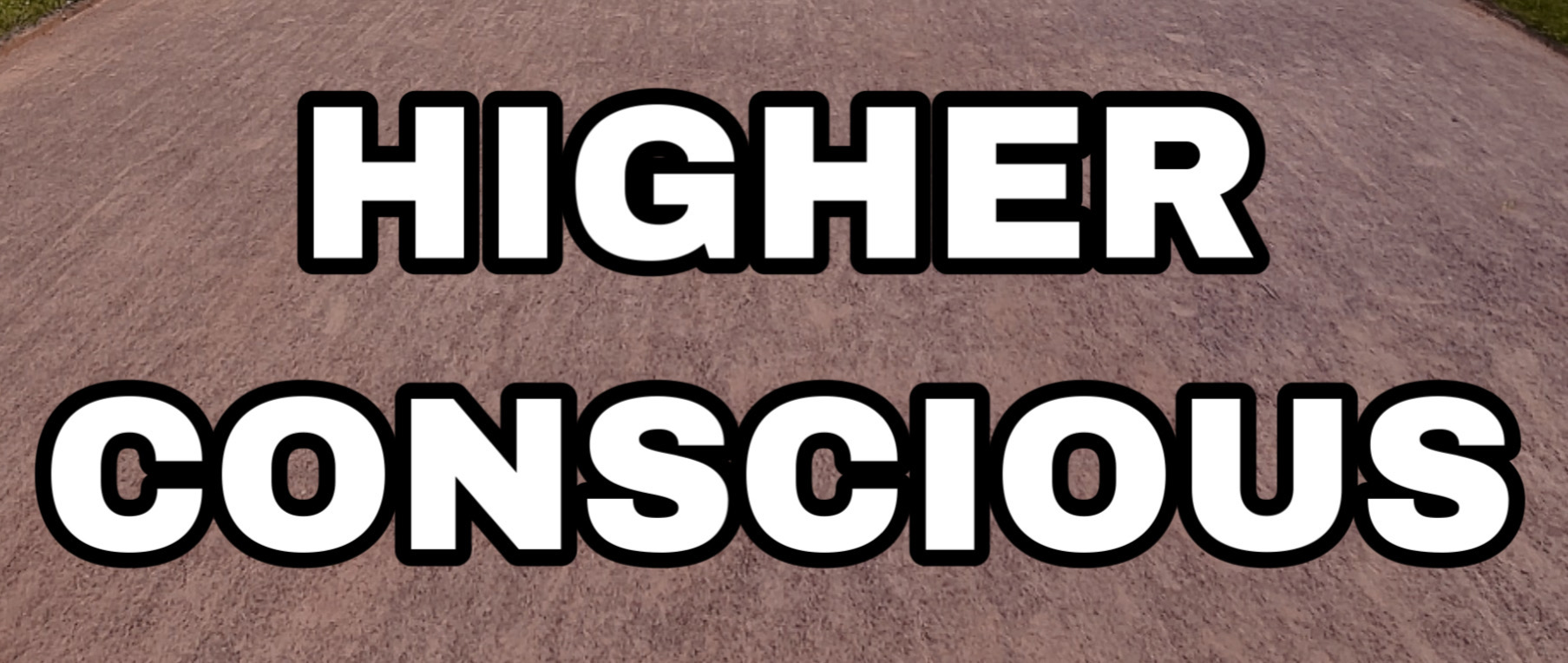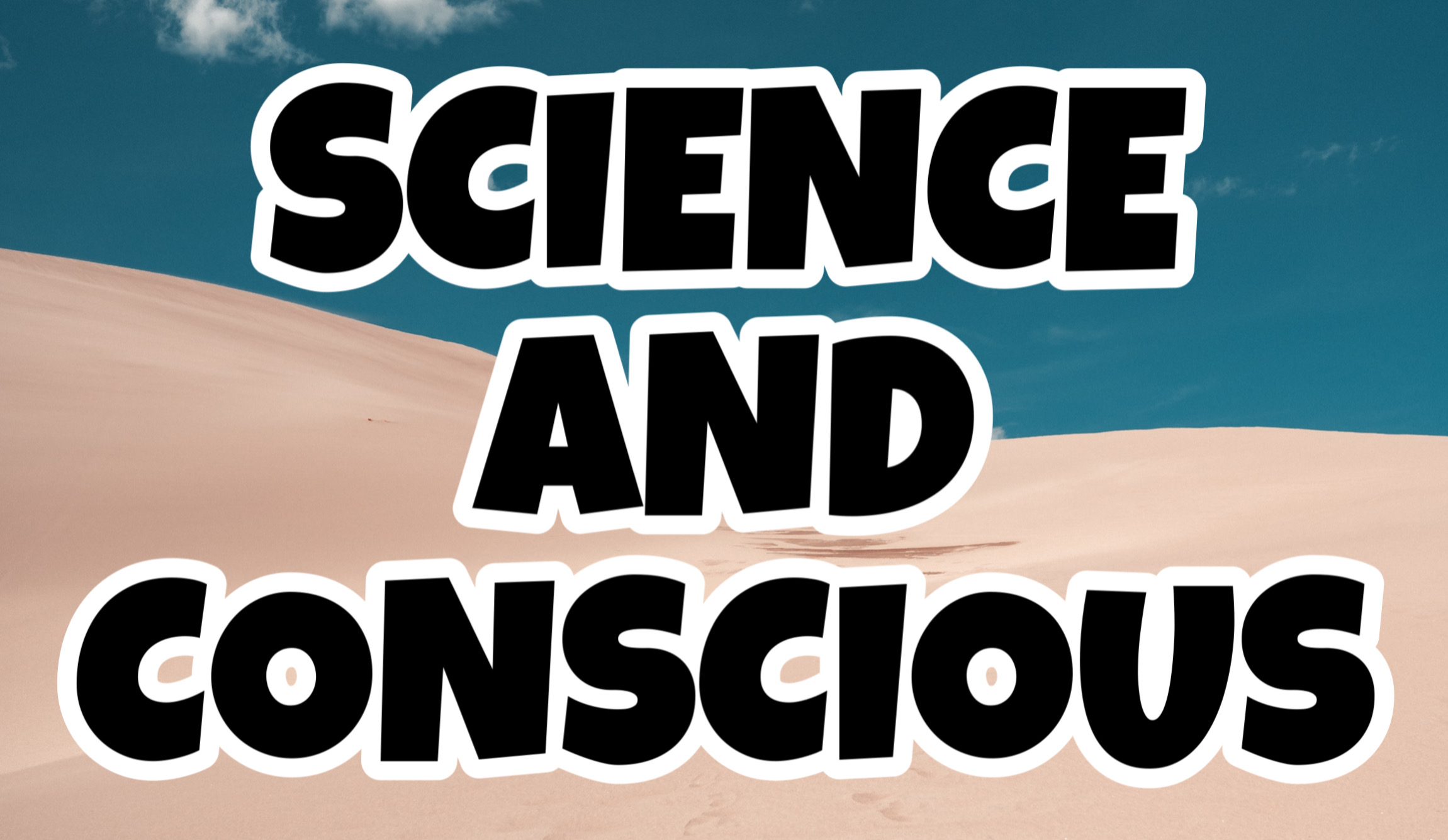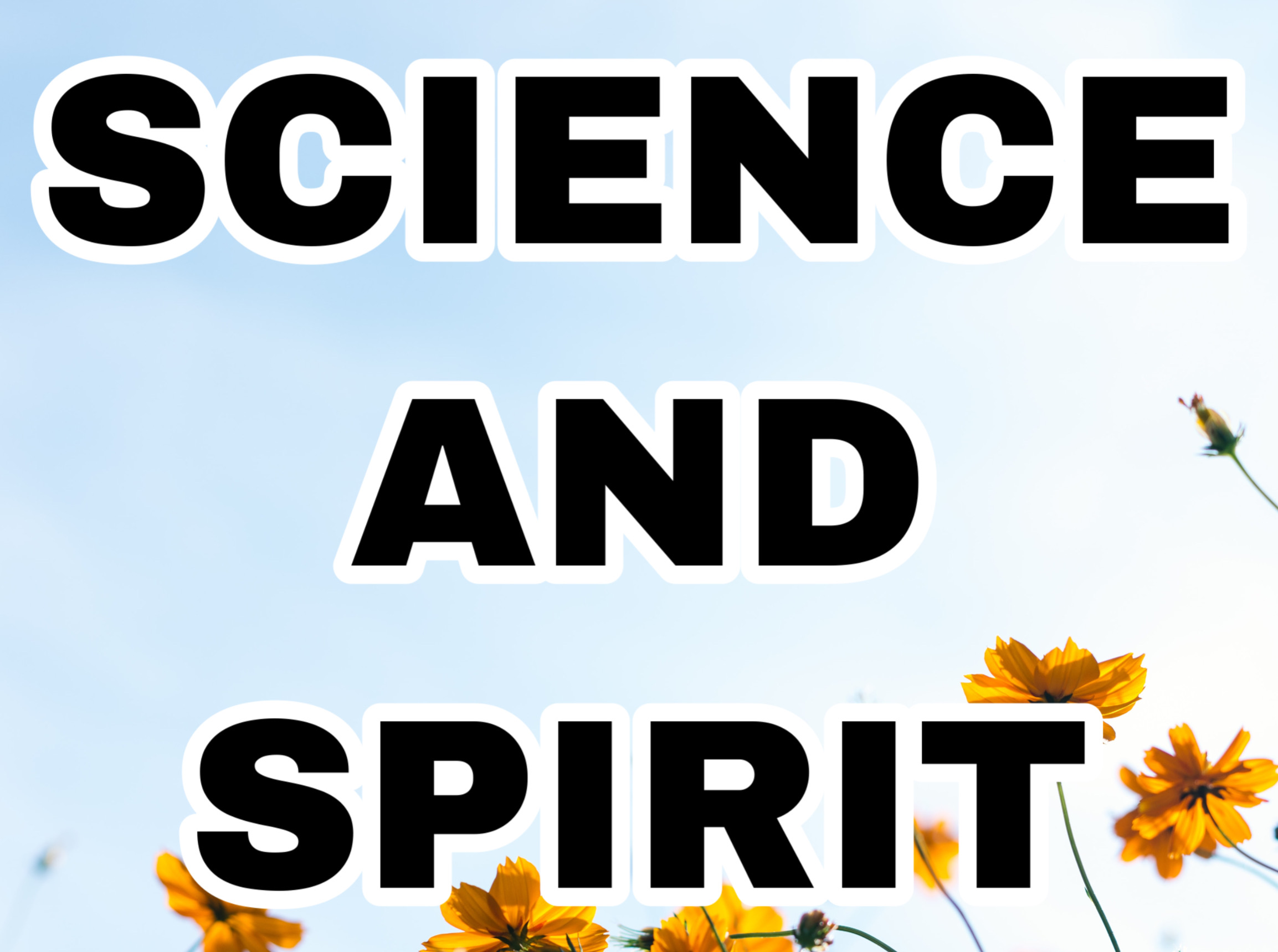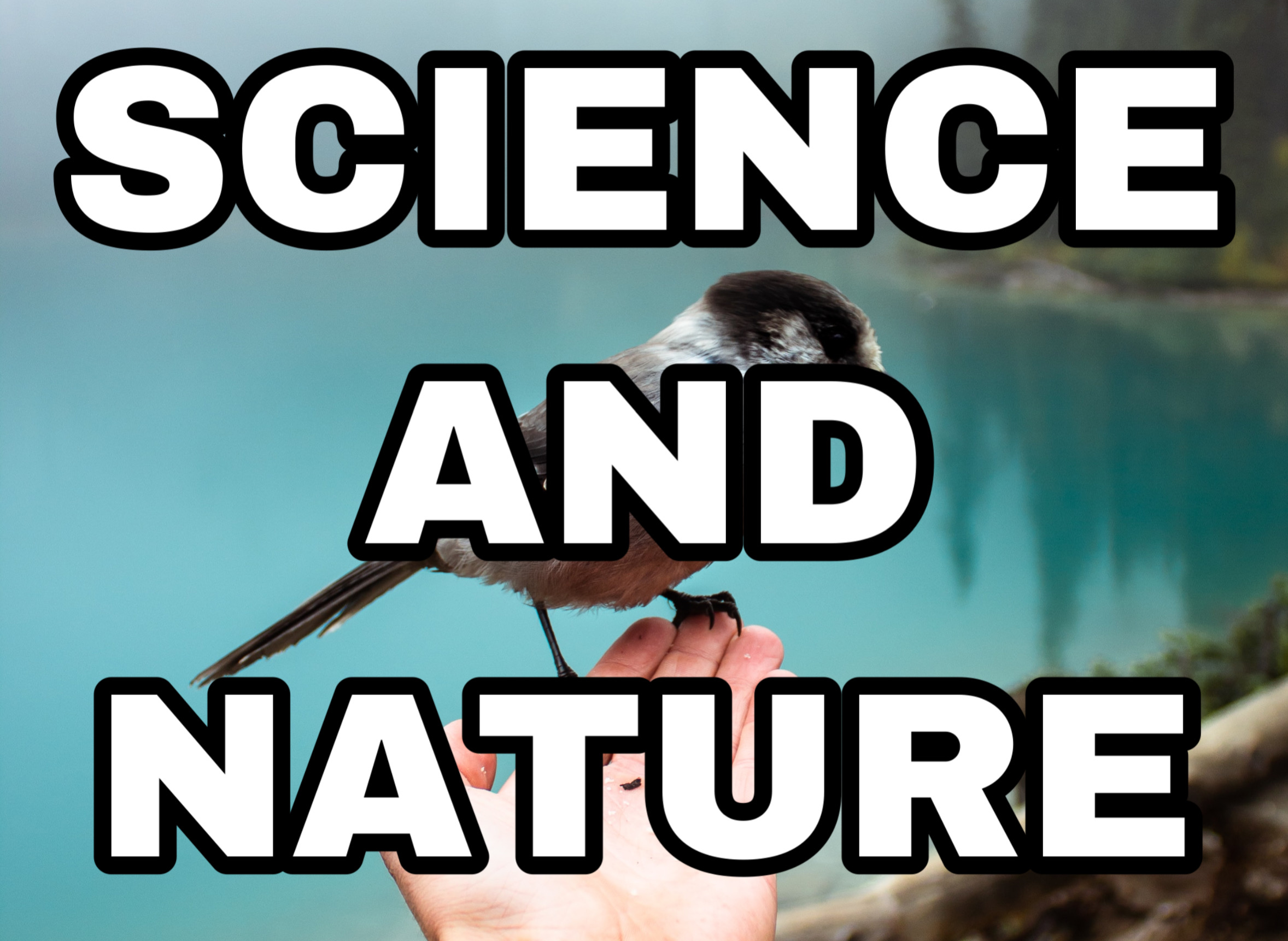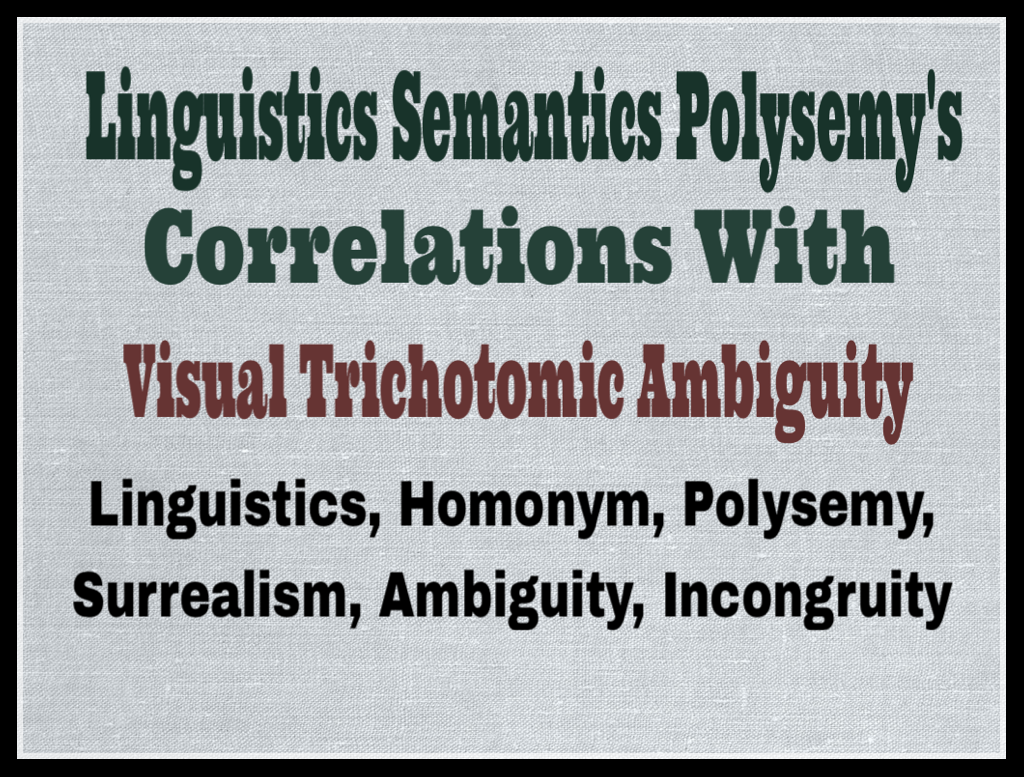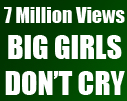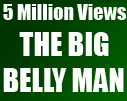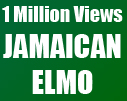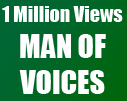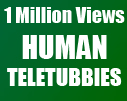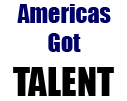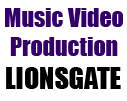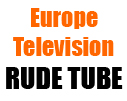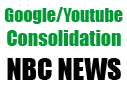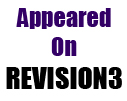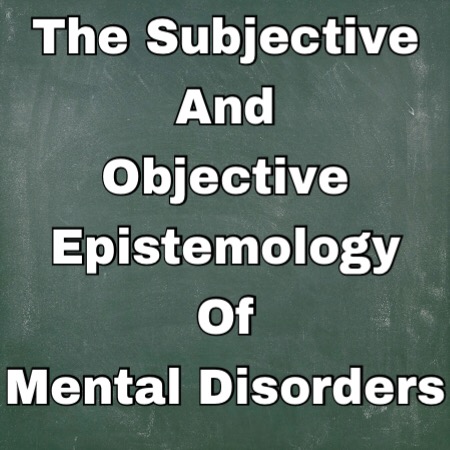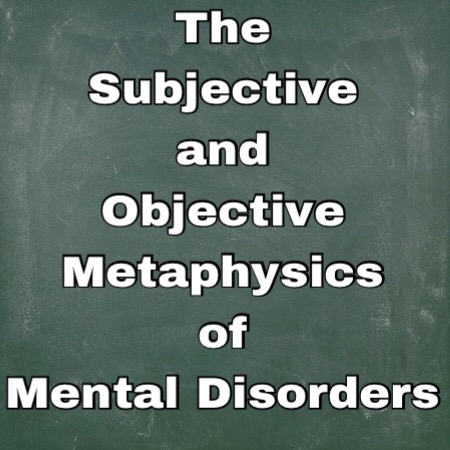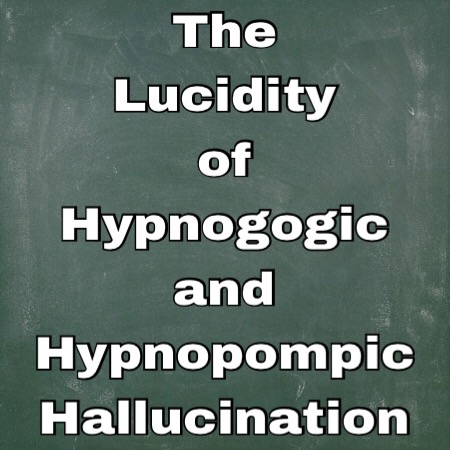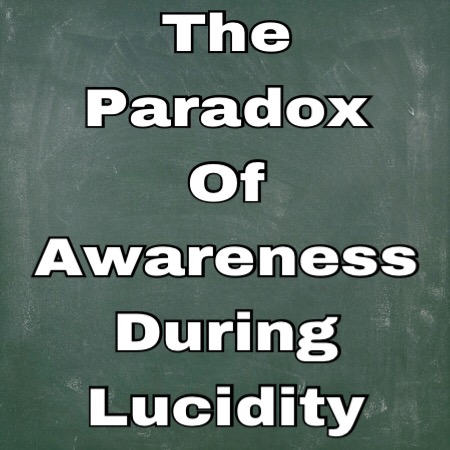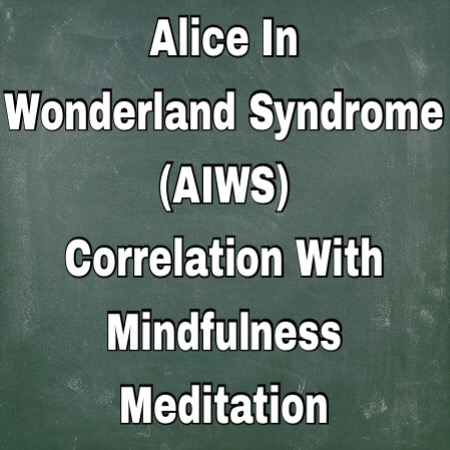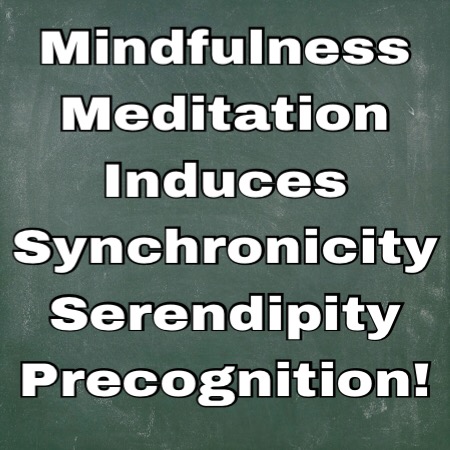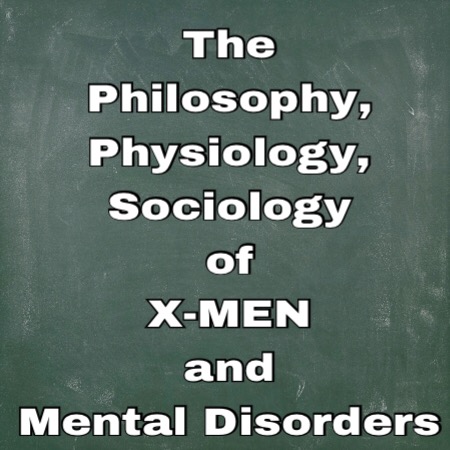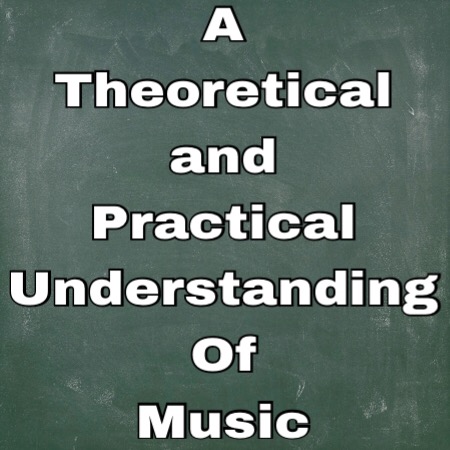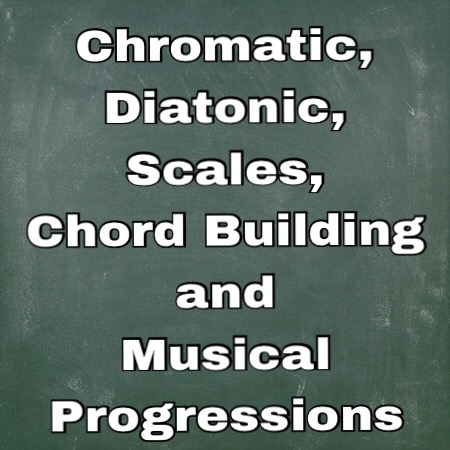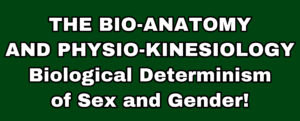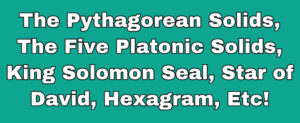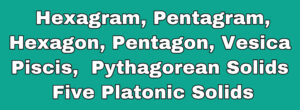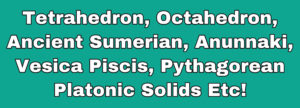A Lexical Oxymoronic Paradox
A Lexical Paradoxical Irony
An Oxymoronic Paradox
Figurative Connotations and it’s Contemporary Implications
Written By: Atelston Fitzgerald Holder 1st
Figurative connotations plays a major role in linguistic aesthetic ambiguity, this kind of ambiguity is pervasive in denotational and connotational attributions.
Ofcourse, the less prevalent ambiguity consist of nouns, verbs, adverbs, adjectives and other descriptive words, but it’s within, “Linguistic Aesthetics” where the ubiquitousness of ambiguity prevails. Metaphors, ironies, sarcasm and other rhetorical devices.
An oxymoronic scenario can have the same connotational meaning once metaphorical interpretations are implemented into the equation, primarily the word, “Bad,” Meaning the literal denotational interpretations and the metaphorical connotations. It also explores the semantic ambiguity from a literal and figurative perspective. This ambiguous pervasiveness is prevalent in humor.
However; I find the non literal disambiguations unorthodoxly misdirecting compared to a more anticipated ambiguous misdirections which consists of noun, verbs, adjectives etc. A metaphorical implementation creates the aesthetic ambiguity, but the figurative juxtaposition creates a contrast, “Bad” meaning “Good” and “Bad,” simultaneously, an oxymoronic ambiguous paradox. From a connotational perspective ofcourse.
So an oxymoron becomes paradoxical because of the figurative connotational implications. This is the rudimentary of humor formation from a lexical and syntactic perspective. These kinds of ambiguities are very pervasive in humor, and it makes a joke predictable. (Predictability, the ingenious hallmark of boredom)
This ambiguous paradox in the oxymoron is still unorthodox, compared to the literal/non-figurative ambiguities, to which seems far less ubiquitous in lexically and syntactically oriented humor.
So in essence I’m discussing two mutually exclusive subjects simultaneously, one relates to the oxymoronic paradox deriving from its connotational attributions, and the other relates to the pervasiveness of two conventional kind of ambiguity in humor, “Literal and Figurative,” with exception to this particular figurative anomaly.
The connotation value of the word “Bad” predicates its fundamental denotational attributes, Thus creating the ambiguous paradoxical scenario.
I’ve just demonstrated a paradoxical oxymoron from a connotational perspective, the interesting irony is, there is no paradox denotationally, and if it appears, it’s contingent on a literal contrast. The paradox protrudes in the non-literal or figurative aspect of language, specifically the “metaphor” that determines the paradoxical attributes.
(COMING SOON)
The Synonymity Between Sardonic, Facetious, Irony, Sarcasm and Condescension.
Share you views and opinion, please leave a comment below
Article Written By: Atelston Fitzgerald Holder 1st
Stage Name: Mr Pregnant
Please do not distribute without written approval
Actor: www.youtube.com/mrpregnant
Musician: www.youtube.com/mrpregnantmusic
Feel free to contact me: mrpregnant@aol.com
Copyright 2013
Latest posts by Atelston Fitzgerald Holder 1st (see all)
- A SCIENTIFIC ANALYSIS OF THE SACRED-GEOMETRIC NATURE OF SUPERHERO ANATOMY! - September 5, 2023
- A Mirrored Reflection Of The Tainted Human Expression - September 15, 2021
- The God Universe Non-Dualistic Dichotomy - September 12, 2021
- Consultation - April 30, 2019
- The Philosophy Of Obsessive Compulsive Disorder (OCD), Bipolar I Manic, Lysergic Acid, Psilocybin & Sensory Modalities - January 31, 2018










